-

The latest Drought Monitor map, released this morning, shows that drought conditions have decreased slightly across the region over the last week. The biggest improvements are in the areas where the remnants of TS Nicole brought heavy rain to the region but every state saw some improvement. Most of the region should see little rainfall…
Posted in: Drought -
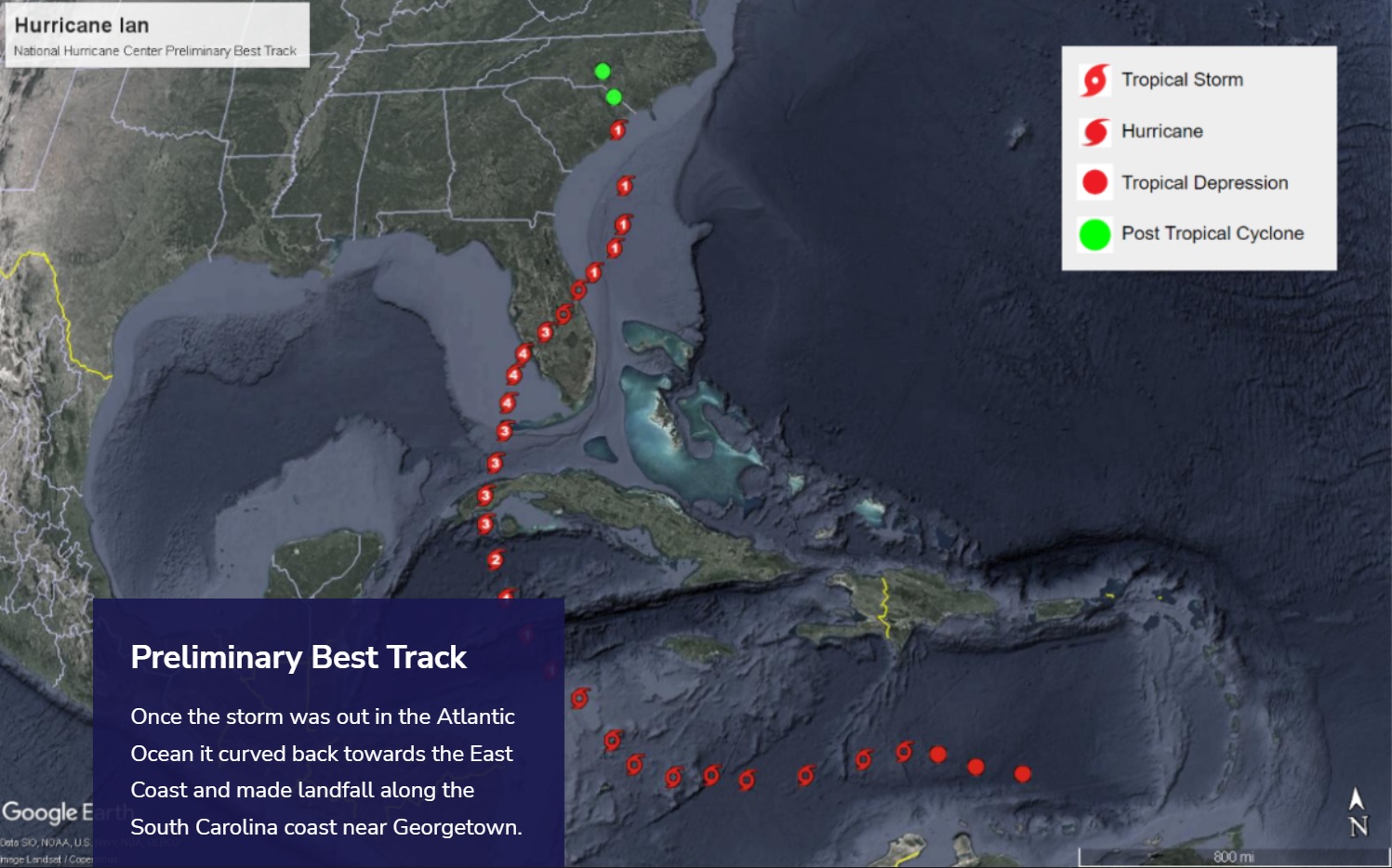
Measuring the impacts of a single extreme weather event can be difficult. Extension agents in Florida have an even tougher job since they are assessing delayed impacts from a frost last spring plus both Hurricanes Ian and Nicole, some of which ran over the same area. If an area was already impacted by one event…
-
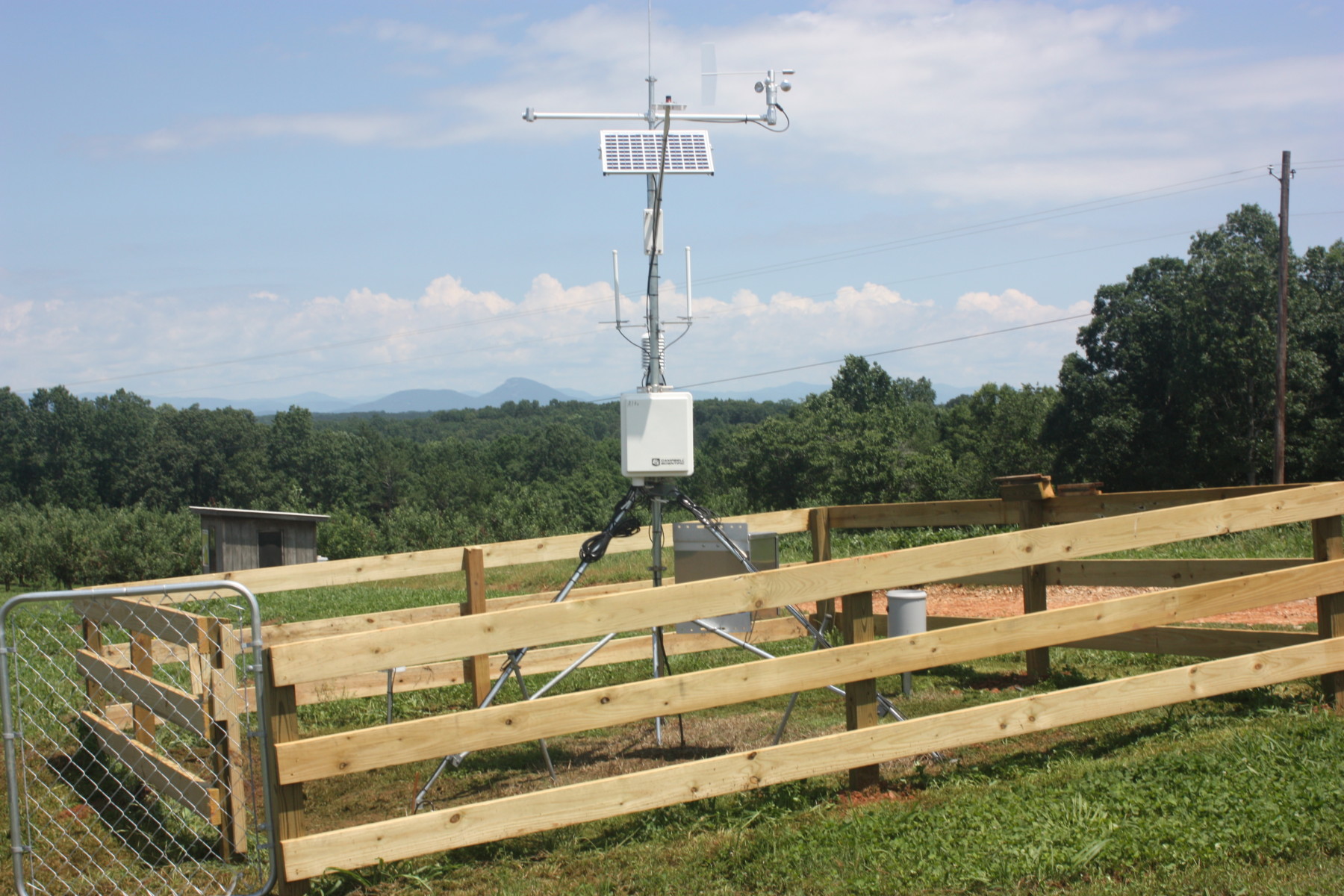
There are many different networks of weather observations that are taken across the country and the world. Some of the networks are run by the National Weather Service, US Geological Survey, and other federal agencies. Now, there are also many networks run within the states by different agencies. The University of Georgia weather network that…
-
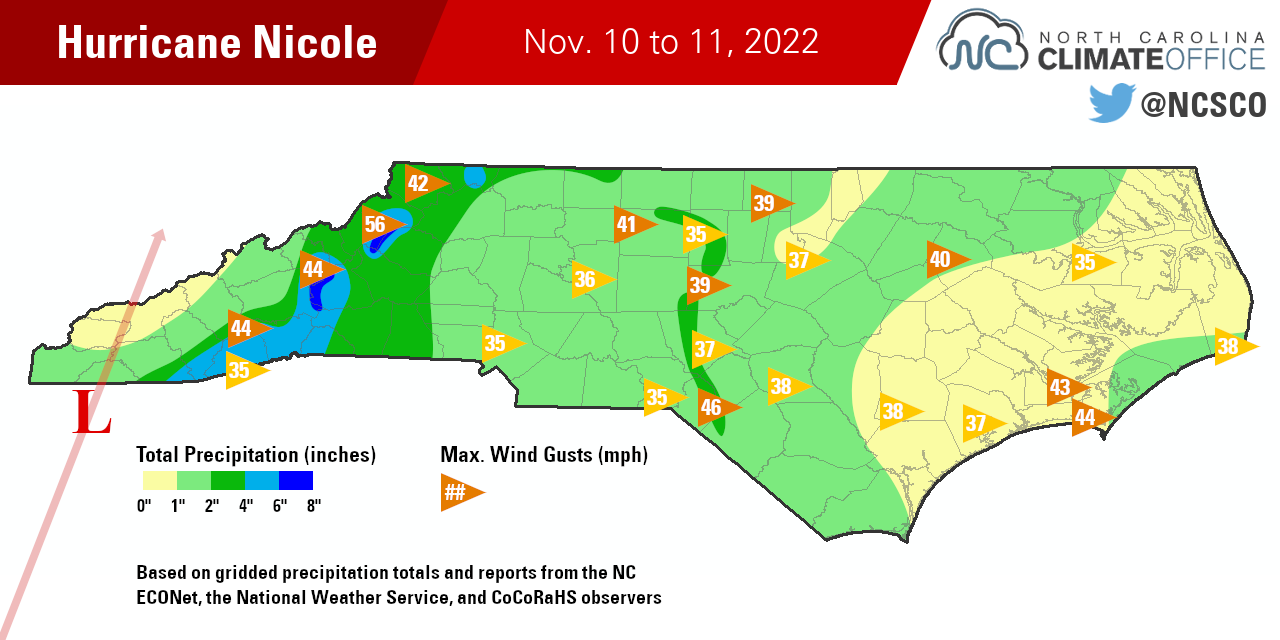
The North Carolina State Climate Office just released a summary of the impacts of Tropical Storm Nicole on North Carolina. It can be viewed at https://climate.ncsu.edu/blog/2022/11/rapid-reaction-late-season-nicole-offers-needed-rainfall/.
-
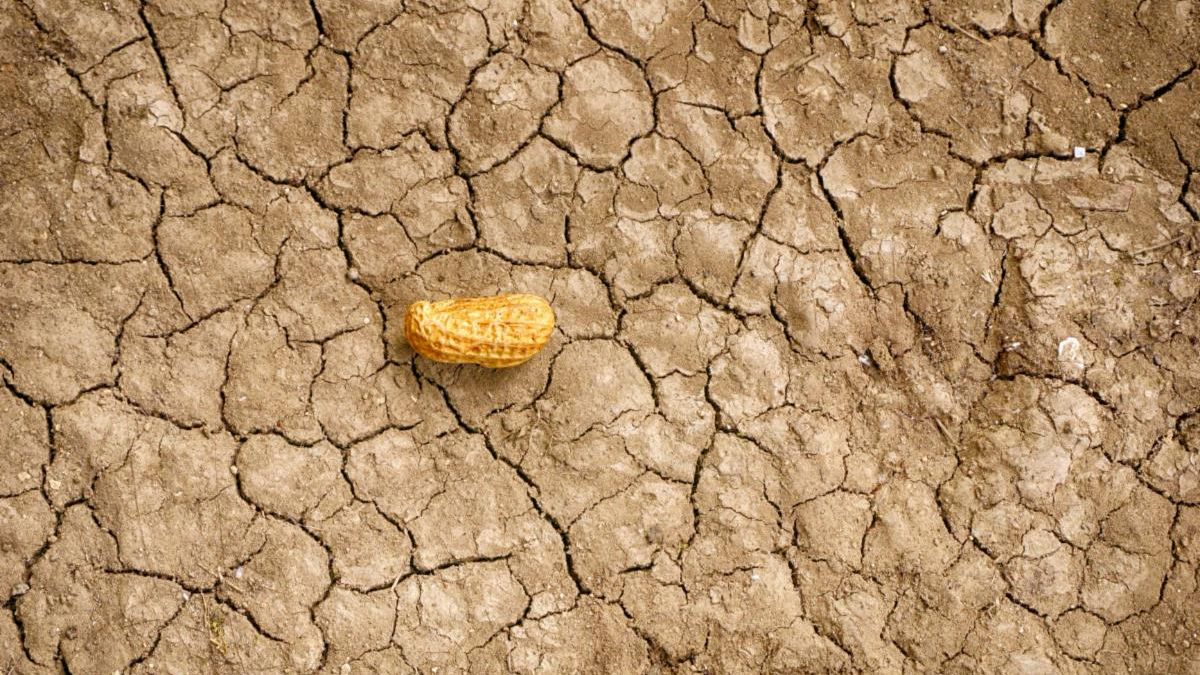
Tuesday, November 15, 2022 at 10 am ET/9 am CT UPDATE: You can find summary slides and a recording at https://www.drought.gov/webinars/southeast-climate-monthly-webinar-november-15-2022.Join us for the Southeast Climate Monthly Webinar! These webinars provide the region with timely information on current and developing climate conditions such as drought, floods, and tropical storms, as well as climatic events like…
Posted in: Events -
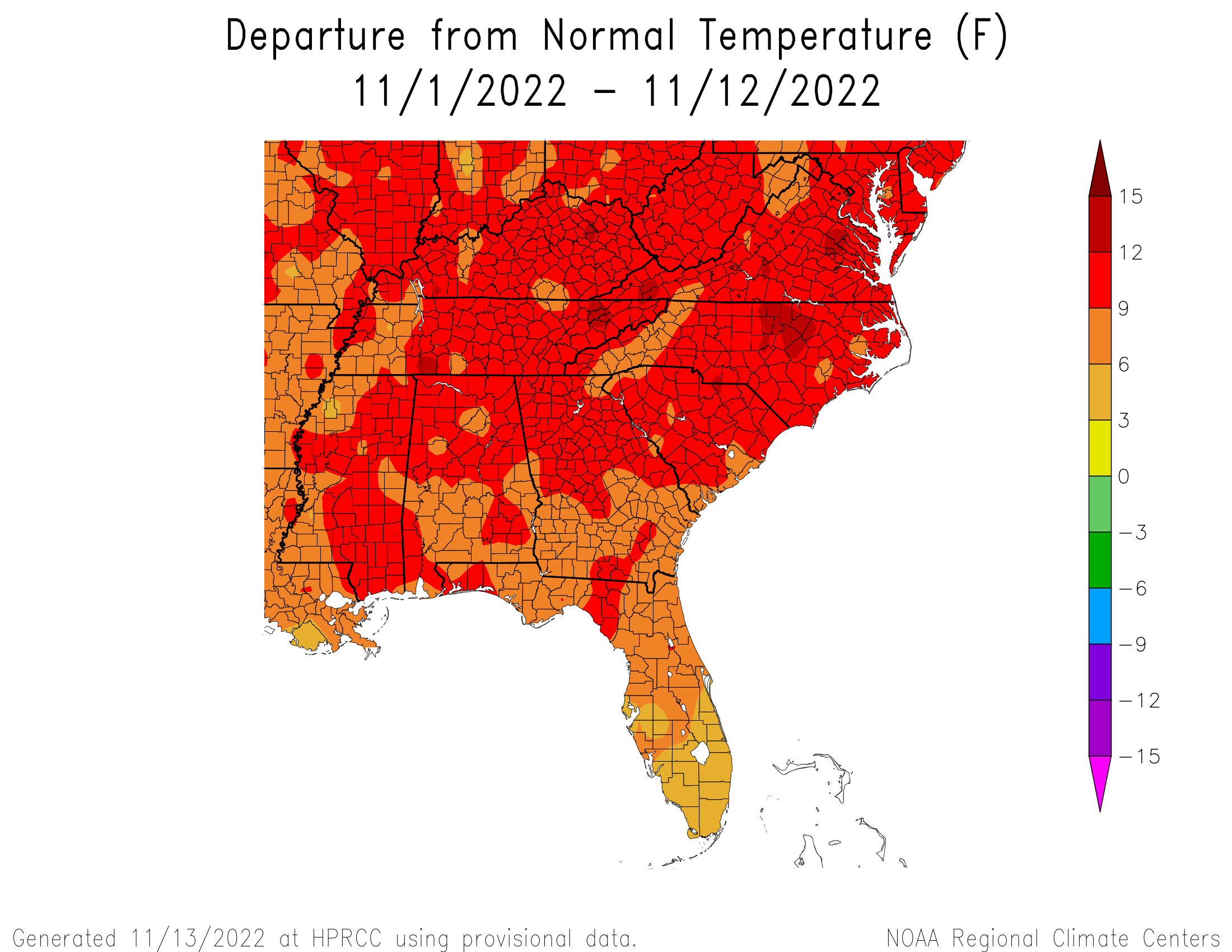
After one of the warmest ever starts to November, things are about to change. The forecast for the next two weeks shows a high probability of temperatures that are below normal. The long-range forecasts for weeks 3 and 4 vary, with some showing a return to warmer temperatures while others say the colder conditions will…
Posted in: Climate summaries -
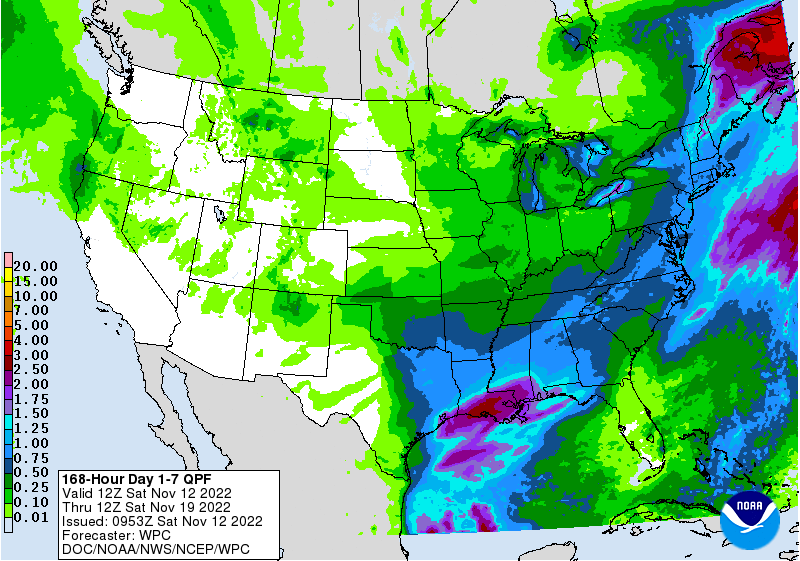
Now that Nicole has moved out of the Southeast, most of the region will be relatively dry this week. The wettest part is likely to be Alabama and the Southern Appalachians, which will experience rain from the next precipitation-producing system that is brewing in the western Gulf. Southern Florida and most areas that received rain…
Posted in: Climate outlooks